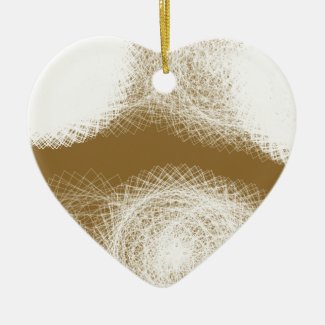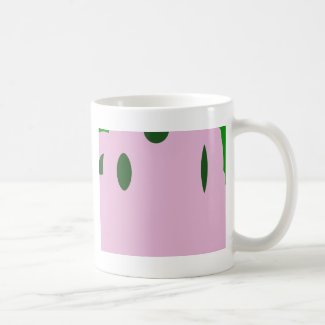
Saturday 18 April 2015
The royal quarters of Cleopatra were discovered sunken off the shores of Alexandria.
 A team of marine archaeologists, led by Frenchman, Franck Goddio, began excavating the ancient city in 1998. Historians believe the site was submerged by earthquakes and tidal waves, yet, astonishingly, several artifacts remained largely intact. Amongst the discoveries were the foundations of the palace, shipwrecks, red granite columns, and statues of the goddess Isis and a sphinx.
A team of marine archaeologists, led by Frenchman, Franck Goddio, began excavating the ancient city in 1998. Historians believe the site was submerged by earthquakes and tidal waves, yet, astonishingly, several artifacts remained largely intact. Amongst the discoveries were the foundations of the palace, shipwrecks, red granite columns, and statues of the goddess Isis and a sphinx.
Limestone Cat Statue Ancient Egypt
Ankh
Statue of Ramses II, Luxor Temple, Egypt |||
Gold dagger, from the tomb of King Tutankhamun
 Carter # 256dd; 31.9 cm; blade 20.1 cm; Egyptian Museum, Cairo. Two similar daggers were found in Tutankhamun's tomb, one with a gold blade (in image 26) and the other with an iron blade. Gold daggers were reserved for the nobility, but bronze or copper daggers were used from the Old Kingdom on in Egypt.
Carter # 256dd; 31.9 cm; blade 20.1 cm; Egyptian Museum, Cairo. Two similar daggers were found in Tutankhamun's tomb, one with a gold blade (in image 26) and the other with an iron blade. Gold daggers were reserved for the nobility, but bronze or copper daggers were used from the Old Kingdom on in Egypt.
Subscribe to:
Posts (Atom)











